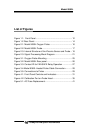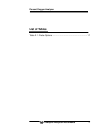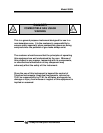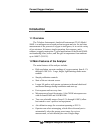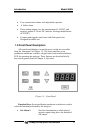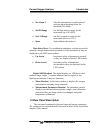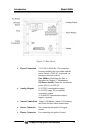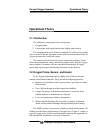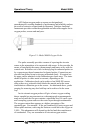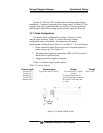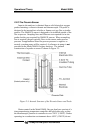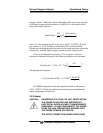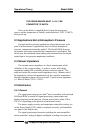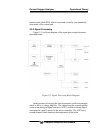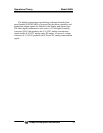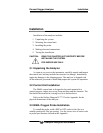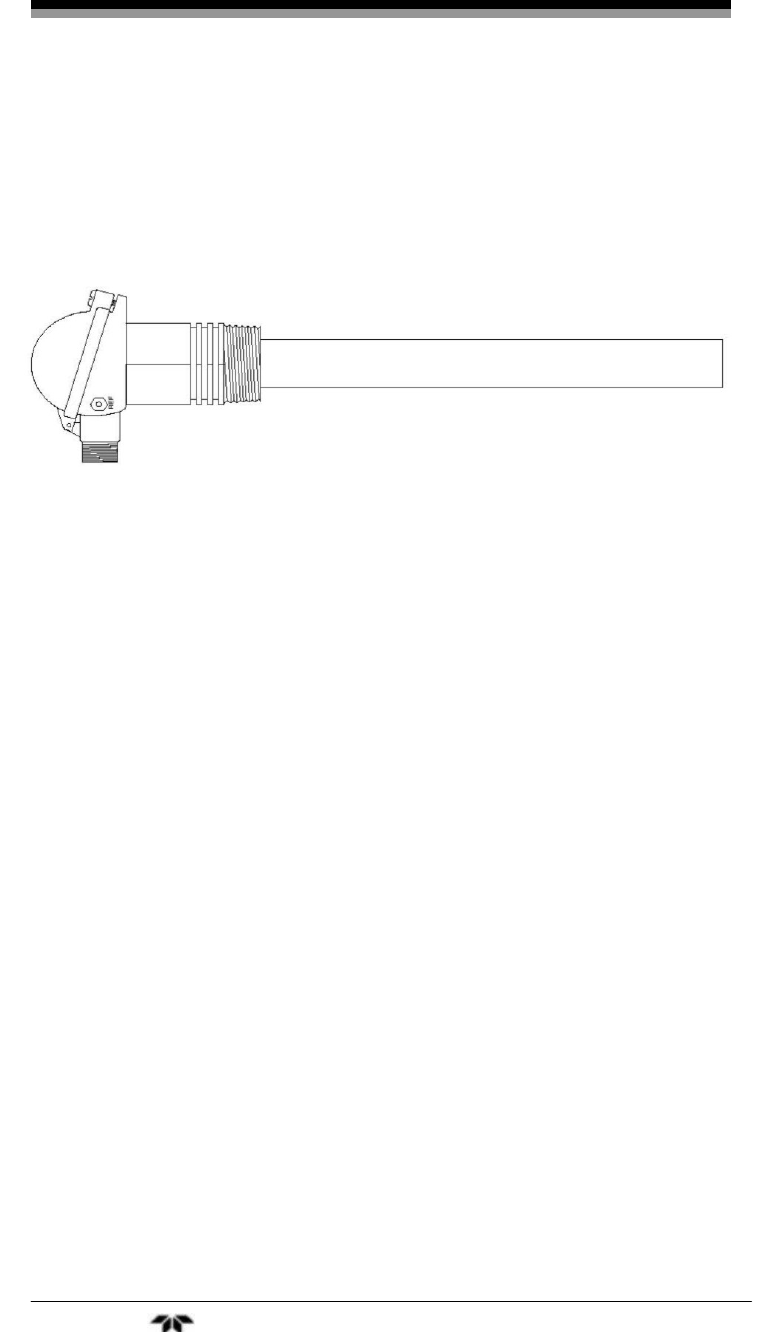
Operational Theory Model 9060L
Teledyne Analytical Instruments 16
All Teledyne oxygen probe or sensors are designed and
manufactured to exacting standards of performance and reliability and are
the result of extensive research and development. Teledyne Analytical
Instruments provides worldwide application and after sales support for its
oxygen probes, sensors and analyzers.
Figure 2-1: Model 9060L Oxygen Probe
The probe assembly provides a means of exposing the zirconia
sensor to the atmosphere to be measured with sensor. It also provides for
means of interfacing the sensor, thermocouple and heater wires with the
control unit. Reference air is fed via the top plug for unheated probes or
by a separate gas thread connection for heated probes. Connections are
provided on probes for an in-situ gas calibration check. If required, an
air purge can be admitted via the calibration gas check entry. The outer
sheath of probes is either metal or ceramic, depending on the
application. Calibration check can be achieved on 9060LEX sensors
using a three way solenoid which blocks the sample and at the same
time admits a calibration gas to the sensor. As mentioned above, probe
purging for removing any dust build up can be achieved in the same
way.
In-situ zirconia oxygen probes will give a lower oxygen reading
than a sampled gas measurement on a chromatograph or paramagnetic
analyzer because the flue gas contains a significant level of water vapor
and a sampling system removes the water vapor through condensation.
The oxygen content then appears as a higher percentage of the
remaining gas. For example: If the gas contained five parts oxygen and
fifteen parts moisture, removing the moisture would leave the oxygen at
5.88%. This phenomena will depend on the fuel and the completeness
of combustion. They are common to all zirconia oxygen sensors.



